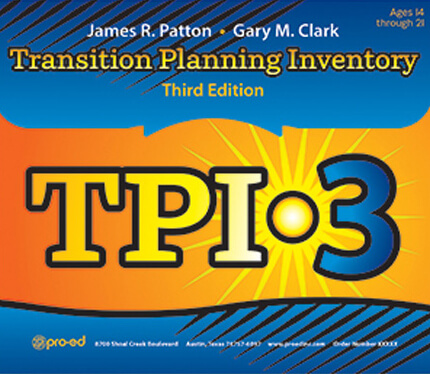On February 2, 2020 Therapro was happy to host another successful webinar, Let’s Do It Write! Writing Readiness presented by Gail Kushnir, MA OT, B.Ed. During this webinar many writing readiness topics were discussed including the use of pencil grips. Gail noted the purpose of a pencil grip is to provide maximum support to the child in order to allow skill, stamina, and speed while handwriting. With a vast array of grips available, choosing the right one can be a daunting task. Gail simplified the process with these basic rules:
Too much pressure… use a soft grip like The Pencil Grip. This soft, molded grip encourages a natural writing position while minimizing finger strain.
Best For: Children and adults needing general support for a dynamic tripod grasp
Pros:
- Versatile; works for left and right-handers
- Comfortable for extended writing
Cons:
- Less structured than other training grips
- May not correct more severe grip issues

Too much flexibility and instability….use a grip with firm support like the Bulb Grip. The Bulb-Shaped Grip features a round, bulbous design that encourages a natural grasp by positioning the fingers comfortably around the soft contour. It’s especially helpful for young children or those struggling with developing hand strength and control.
Best For: Emerging writers who need substantial support to develop fine motor coordination
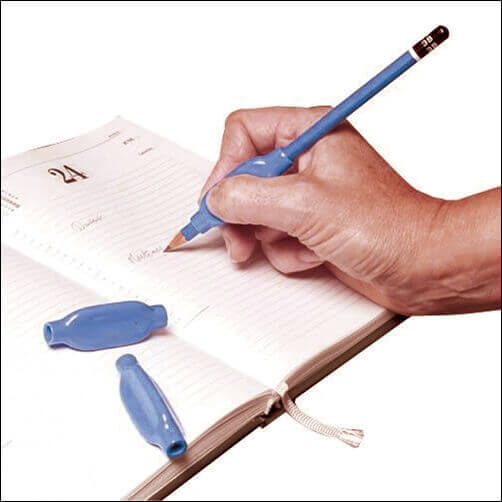
Pros:
- Promotes a relaxed grip
- Offers excellent tactile feedback
- Great for children with low tone or motor planning challenges
Cons:
- Bulky; may not fit all pencil sizes
- May not support finger isolation as precisely as more structured grips
Tremors….use a weighted grip at the top of the pencil and The Pencil Grip near the point. Weights add subtle weight to the pencil, improving feedback and hand control.
Best For: Students with tremors, poor proprioception, or sensory processing challenges.
Pros:
- Enhances body awareness
- Can reduce tremors or shaky writing
Cons:
- Heavier than standard grips
- May cause fatigue if overused
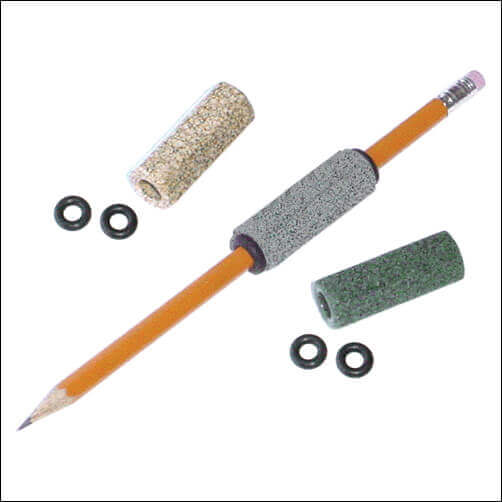
Ectopic Dermatitis or physical anomalies….use a tube that increases the circumference of the pencil. This foam tubing can be cut to size and slipped over a pencil to create a larger, cushioned grip. It’s especially useful for clients with arthritis, decreased grip strength, or tactile sensitivity. Unlike traditional pre-formed grips, this option offers full-barrel coverage, enhancing stability and comfort.
Best For: Individuals needing a custom or wider grip diameter for improved comfort and control.
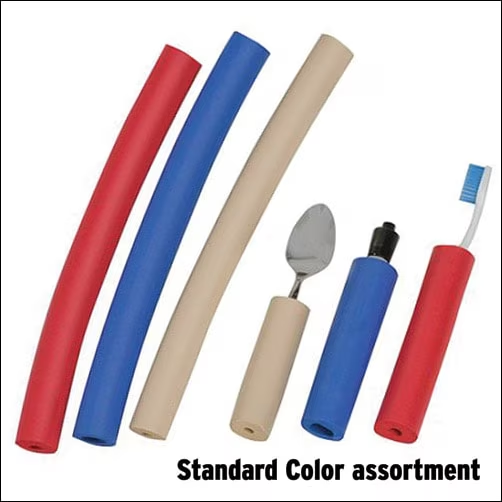
Pros:
- Customizable fit and length
- Lightweight and soft
- Ideal for users with joint pain or limited fine motor coordination
Cons:
- Less structured; doesn’t guide finger placement
- May not appeal to users needing visual or tactile prompts for finger positioning
In most situations, a slanted surface is crucial! Slant boards promote an optimal writing angle, encouraging better wrist extension, upright posture, and proper eye-hand alignment. When used in combination with the right pencil grip, slant boards reduce fatigue and support more controlled, legible handwriting. Therapro offers a range of options—collapsible, adjustable, rigid, and lightweight—to meet the diverse needs of students and clients.
Best For: Enhancing posture, visual tracking, and hand positioning during writing tasks
Pros:
- Promotes ergonomic writing posture
- Improves line of sight and reduces neck strain
- Supports hand and wrist positioning for improved fine motor control
Cons:
- Bulky to transport (depending on the model)
- May require space considerations in smaller classrooms
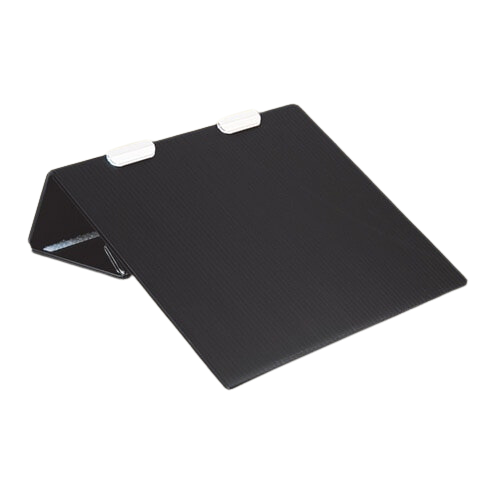
Still not sure, check out Therapro’s Get a Grip on Grips Handy Guide!


